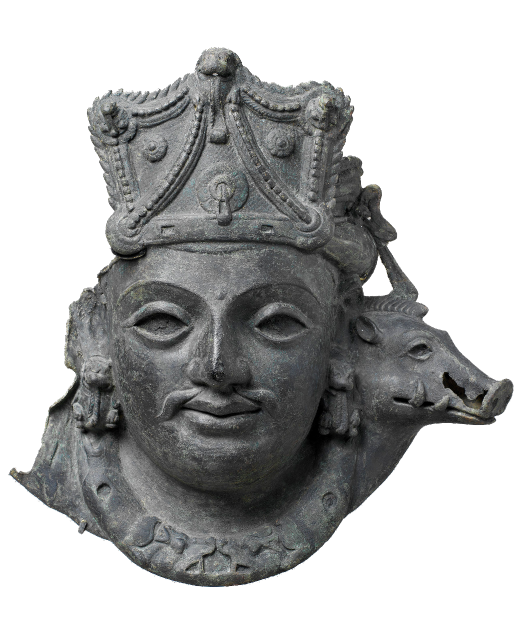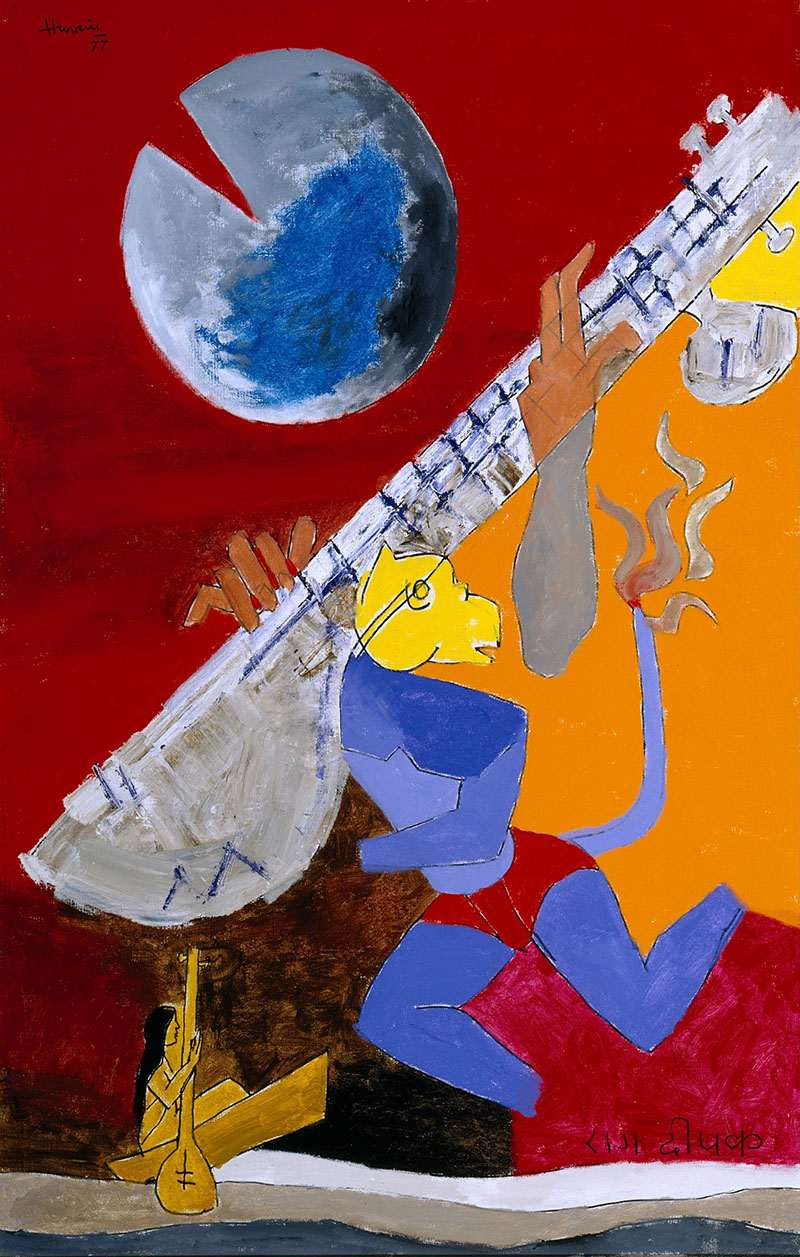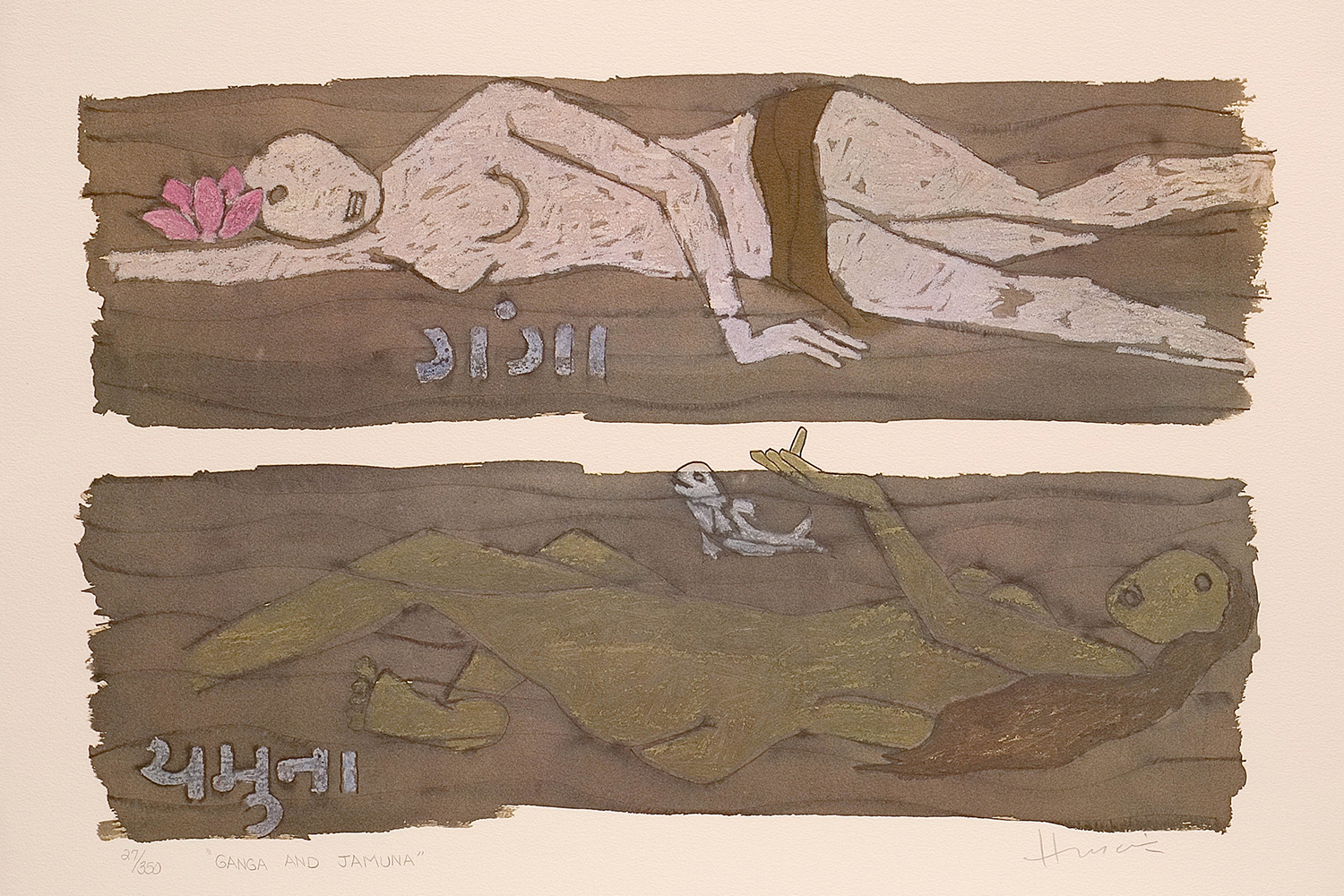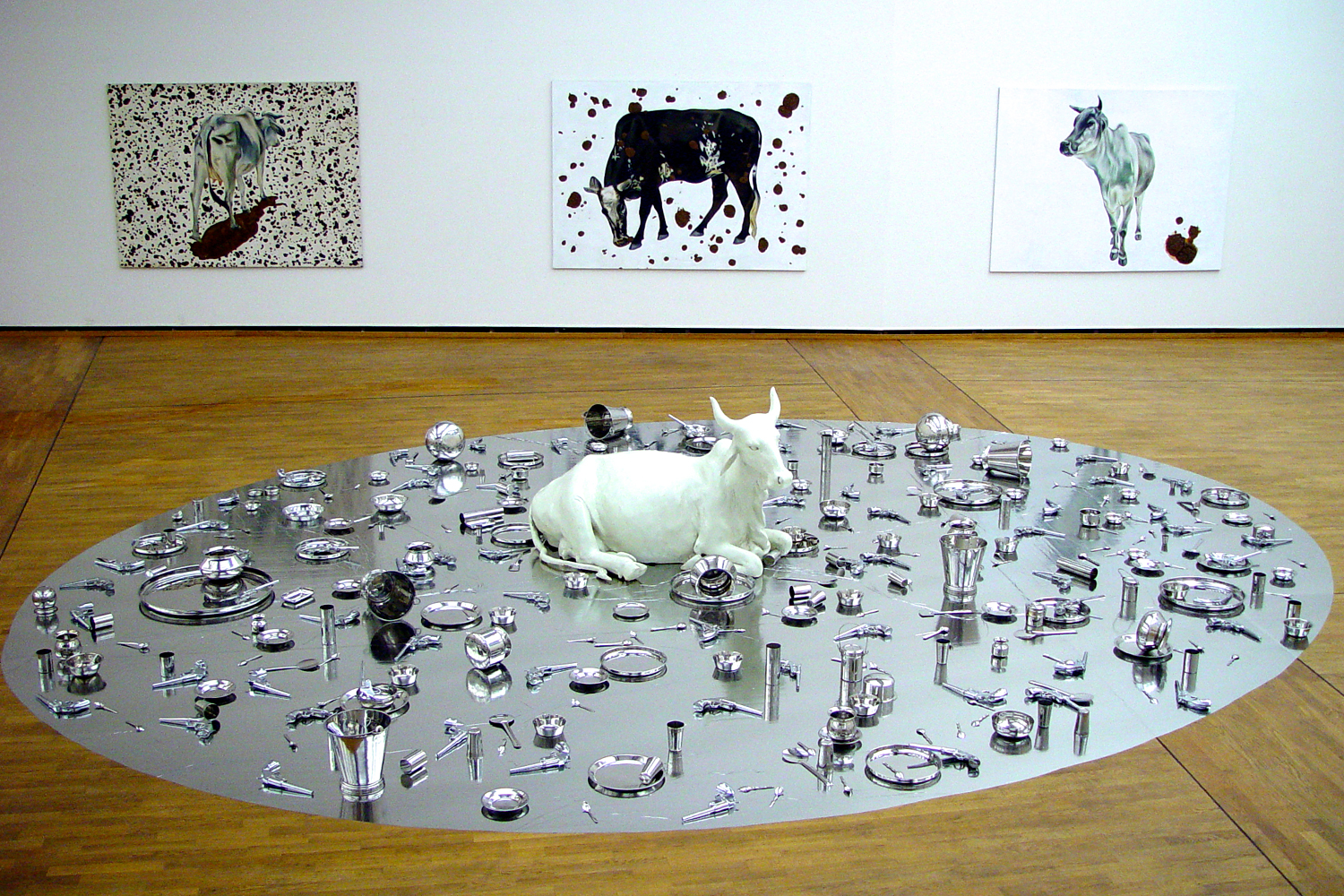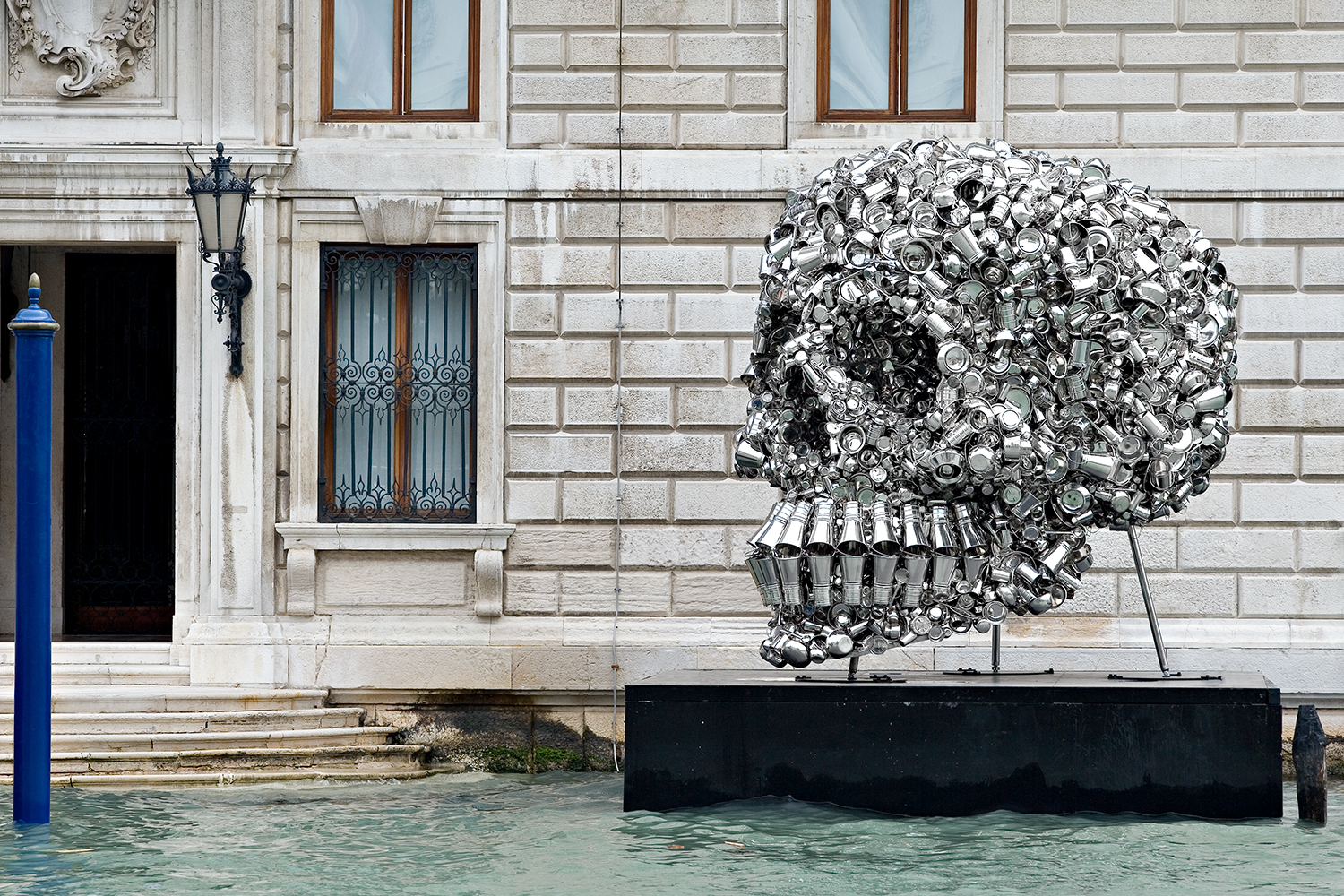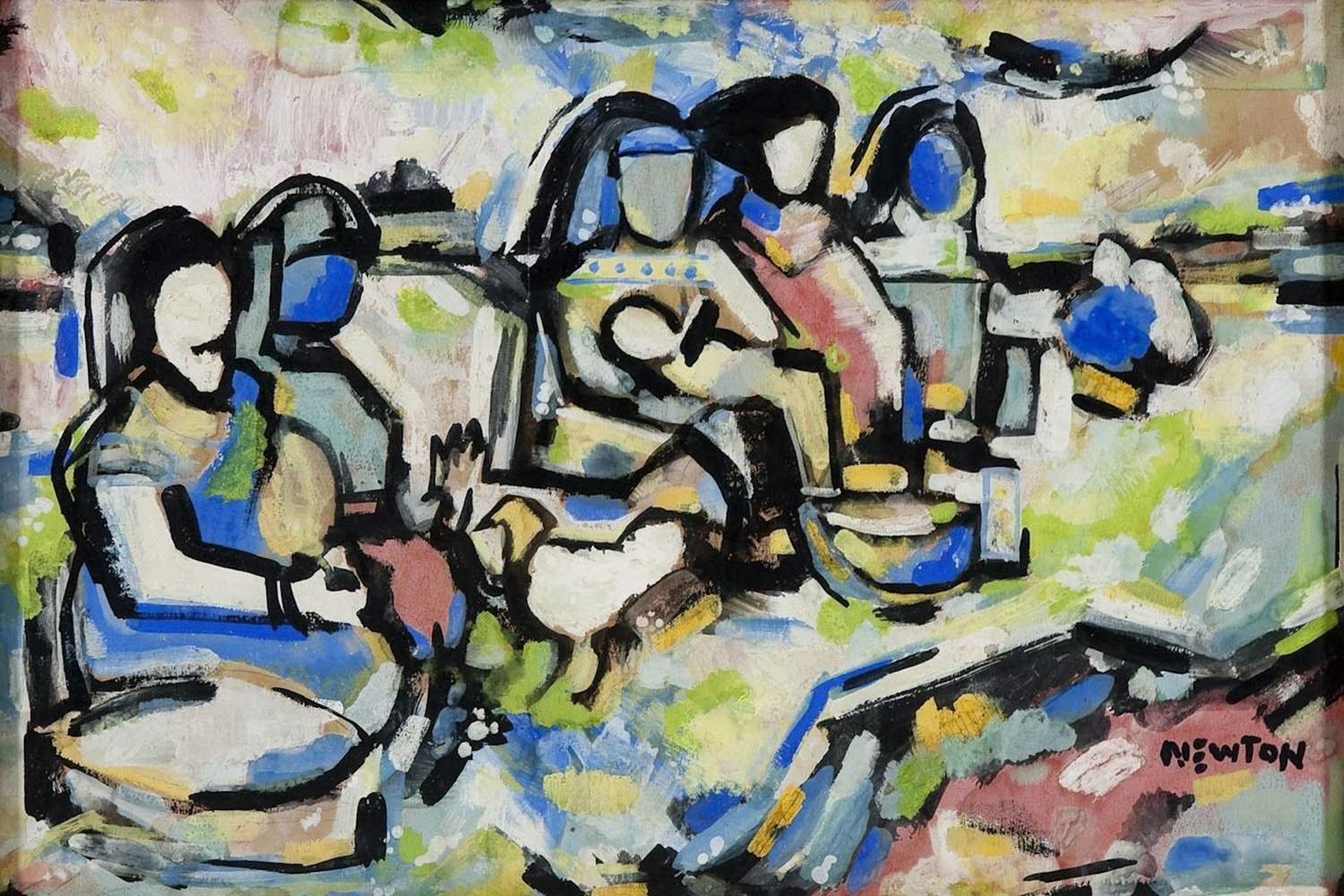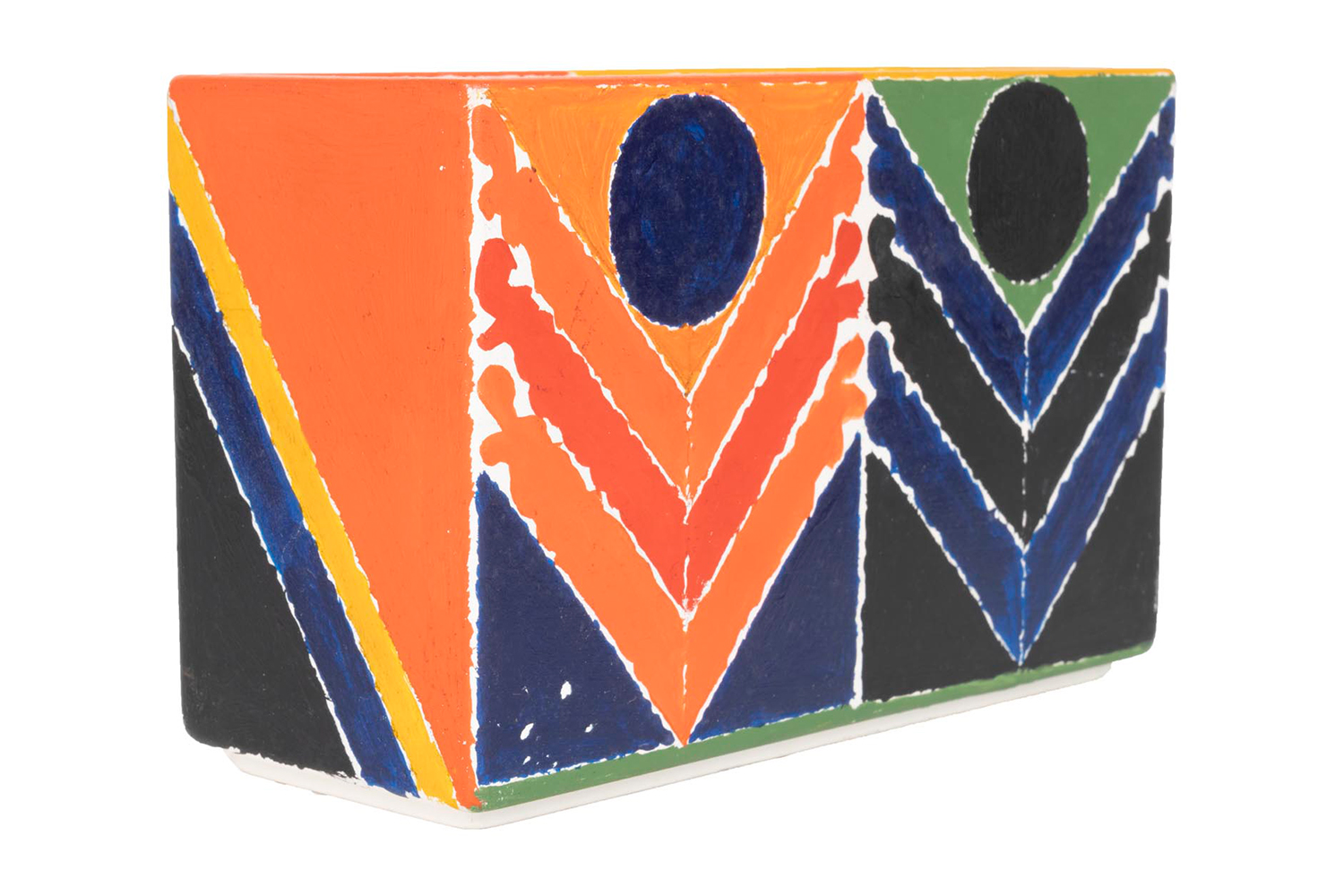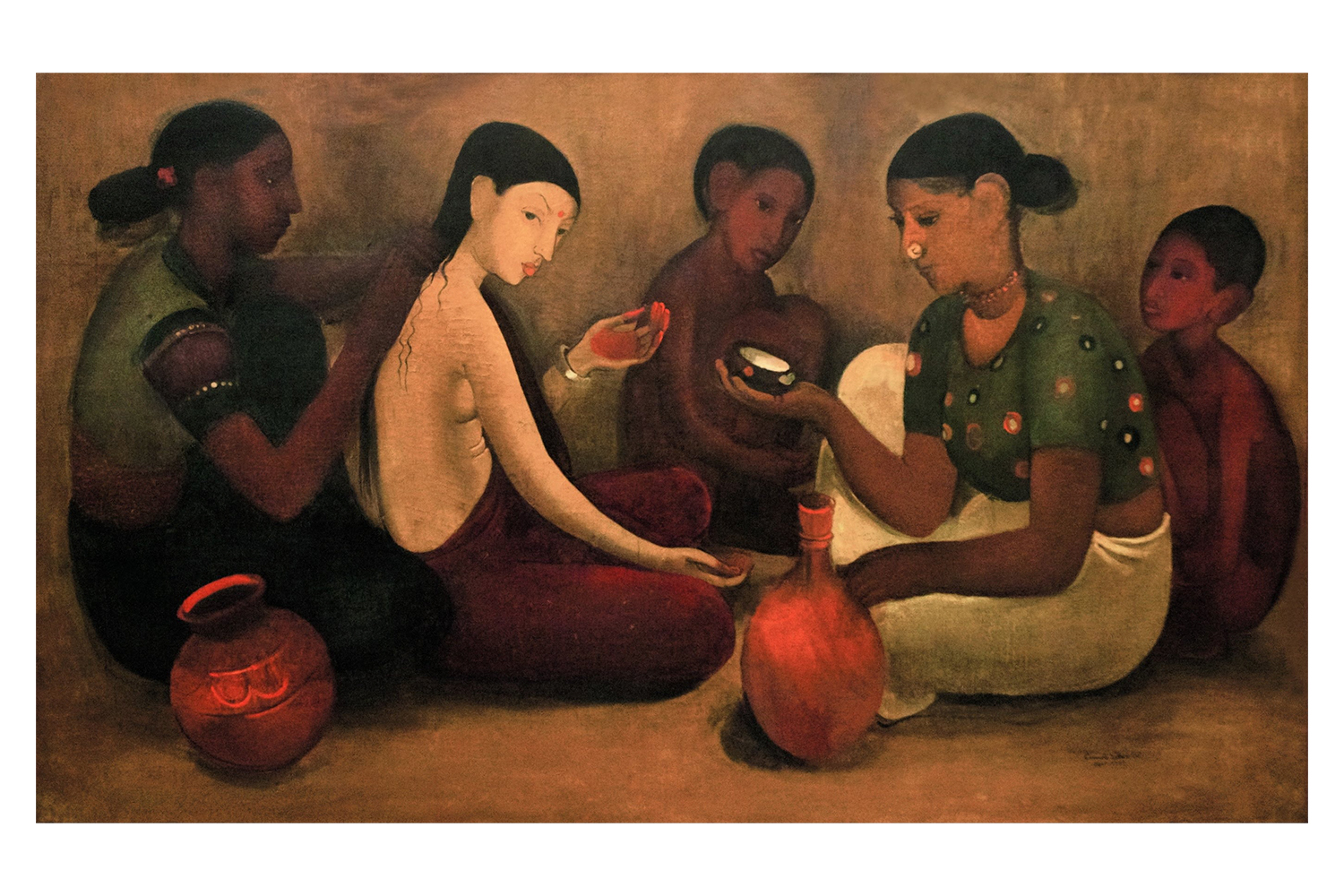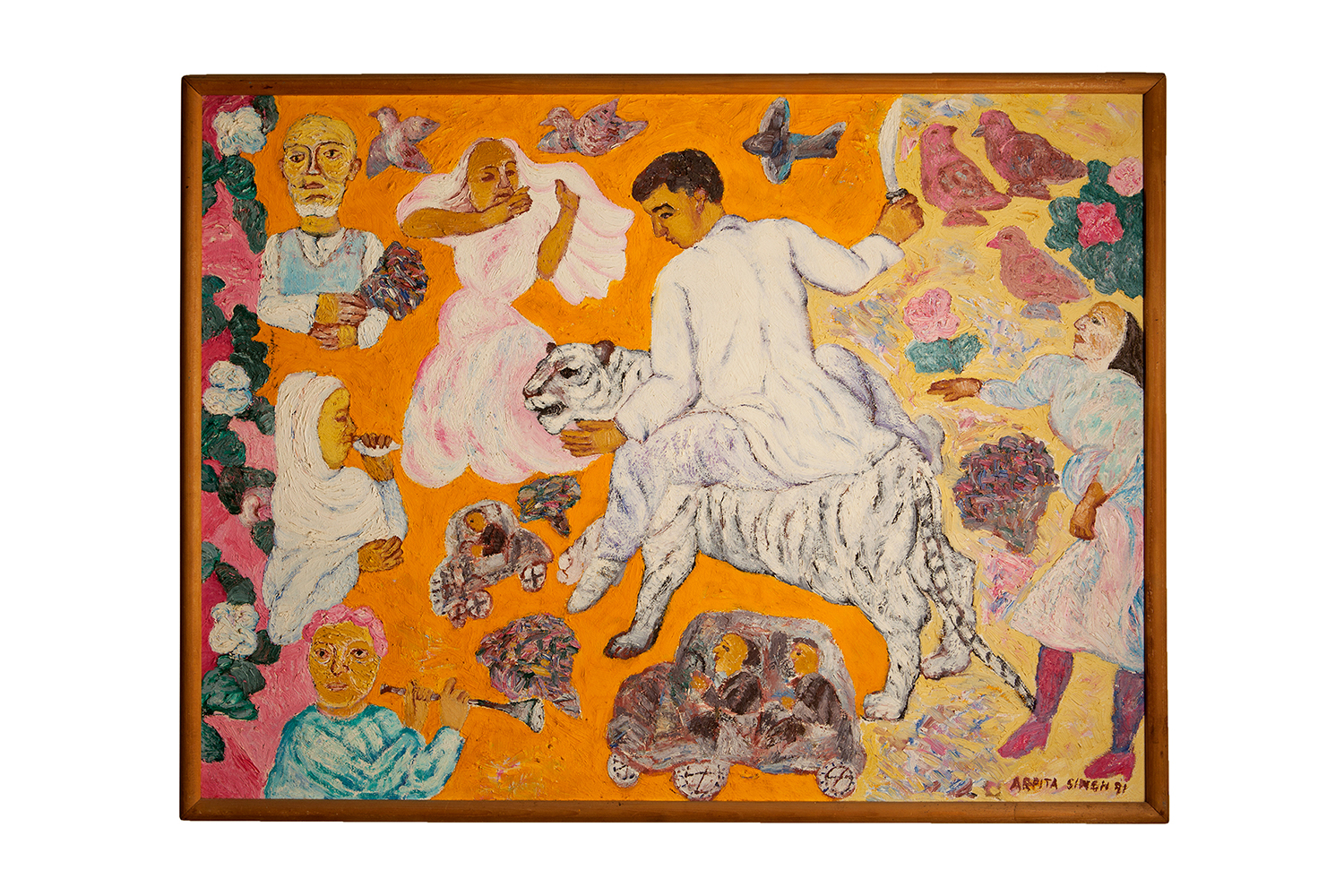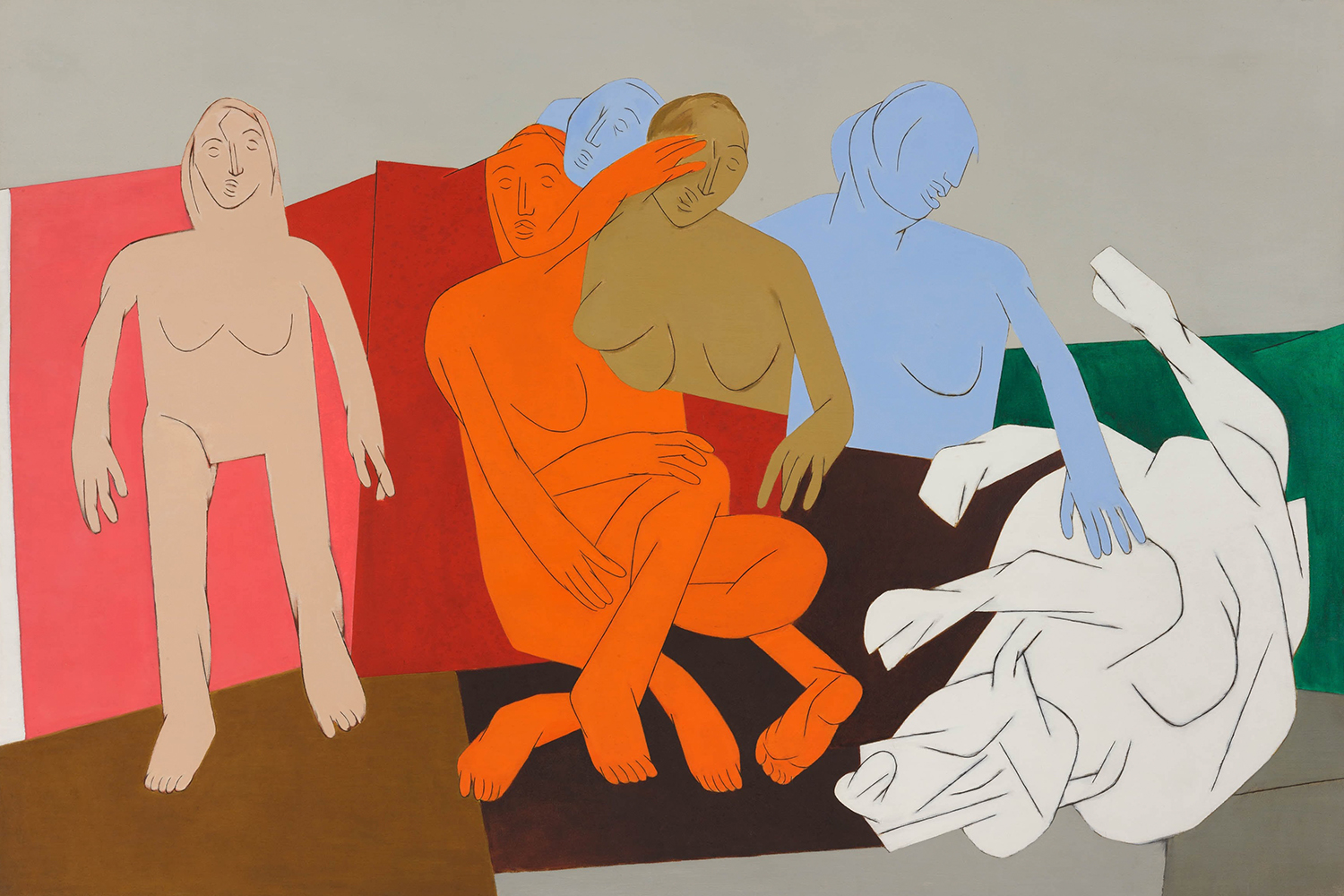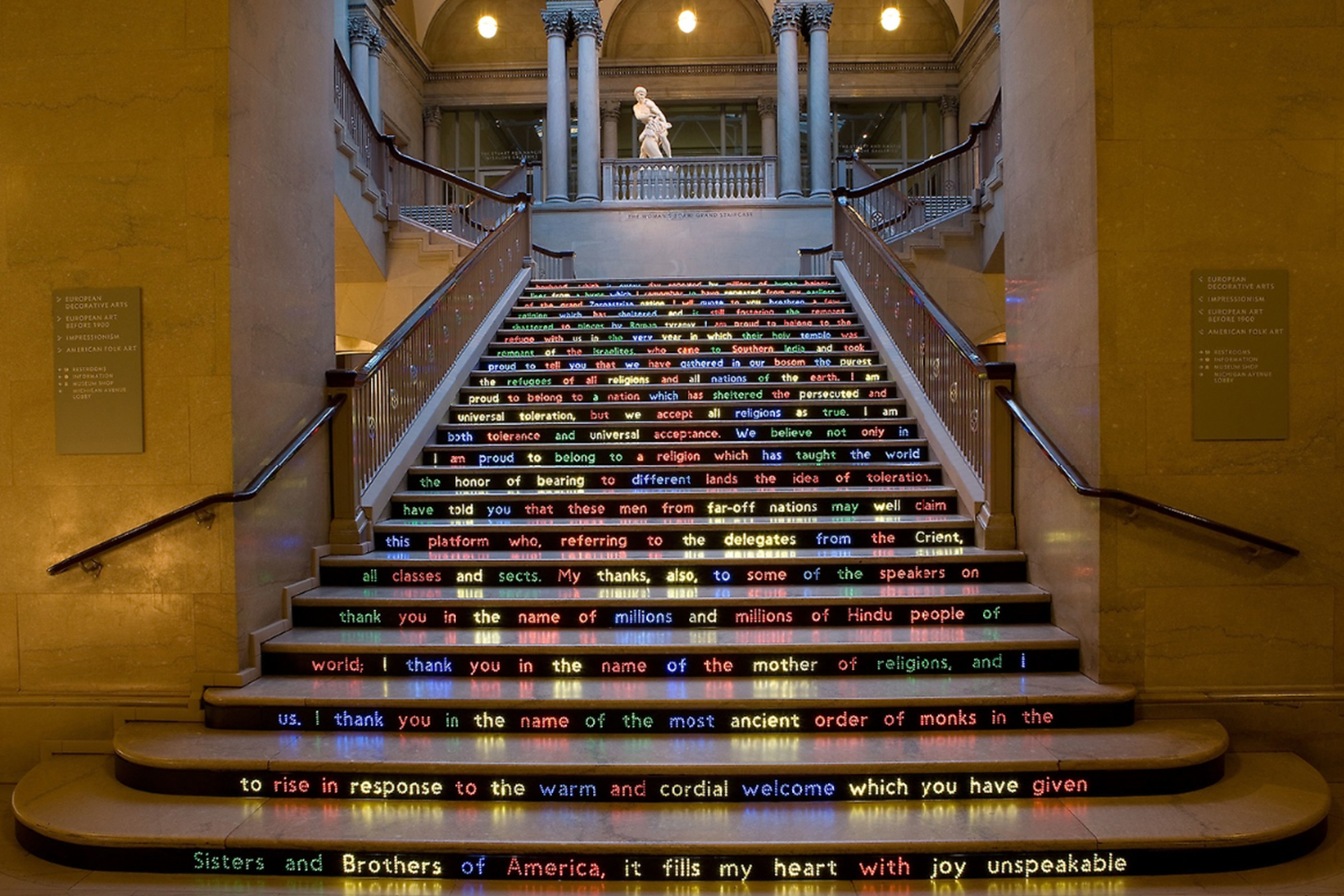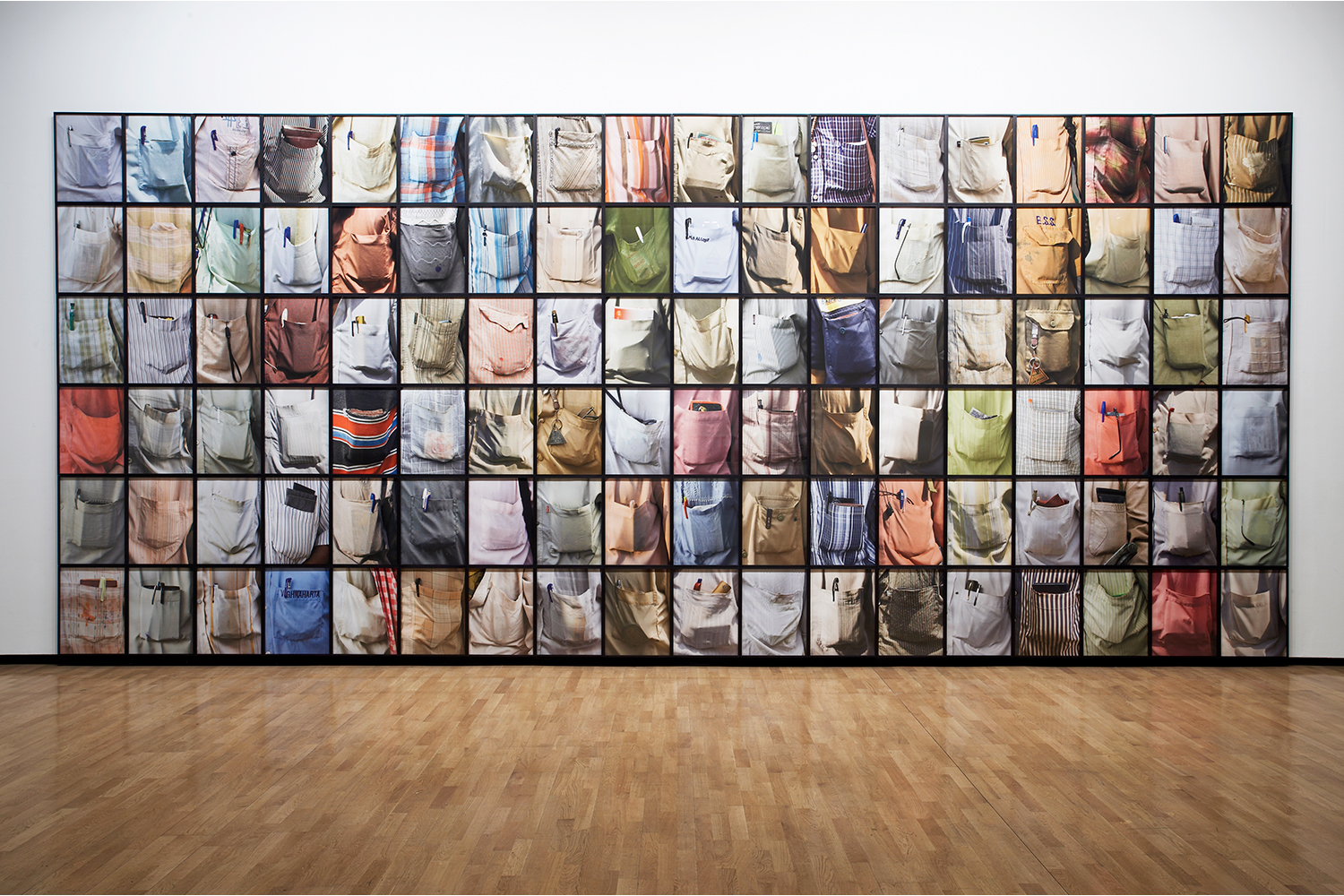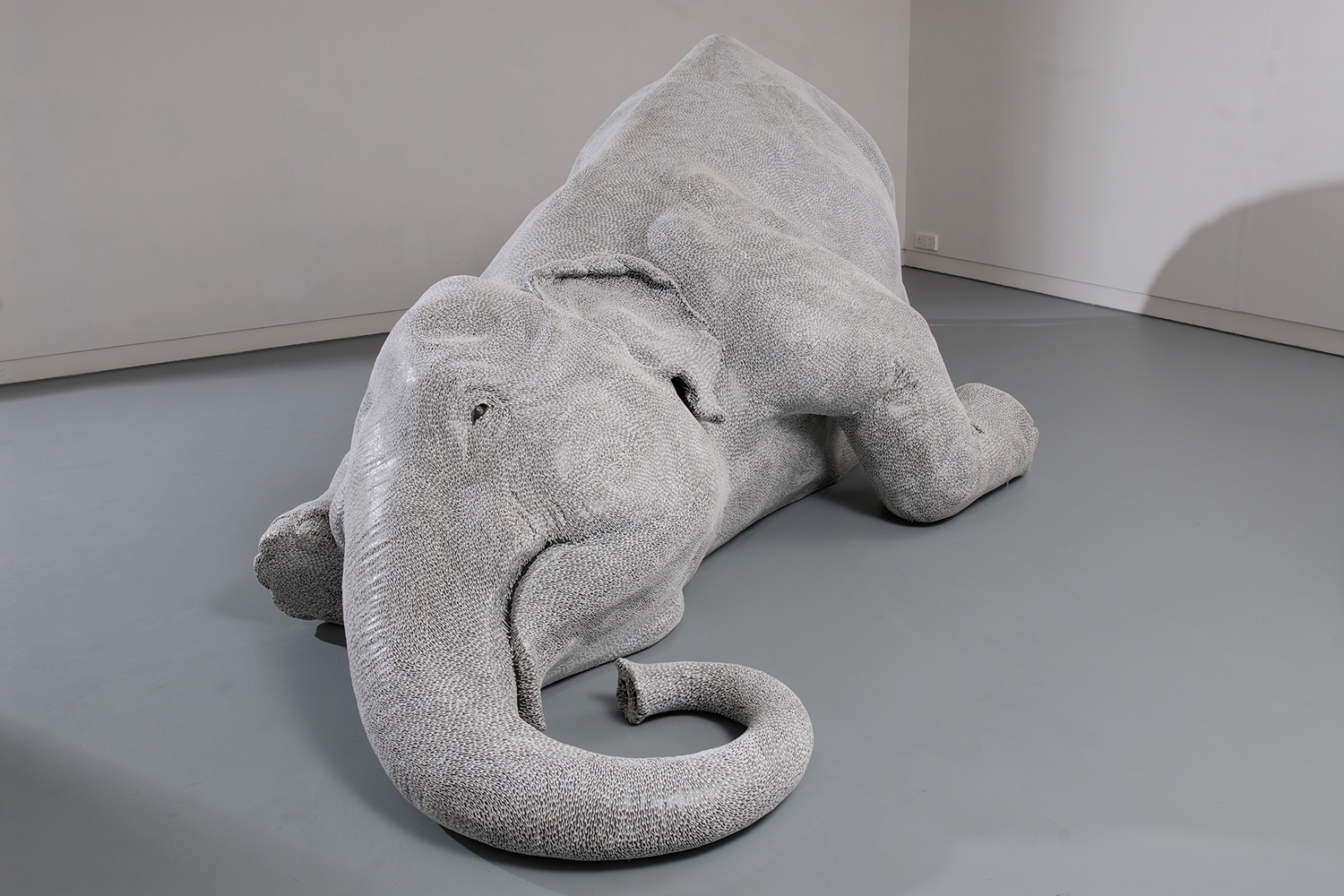ARTICLE
Indian Art Boom
The auctions that were held at these venues began to see the first record-making sales of twentieth century Indian art. A notable example of this is Mahishasura, a painting by the PAG artist Tyeb Mehta which sold for over a million dollars at Christie’s in 2005, making it the first modern Indian painting to do so in an auction. Many of Indian art’s new patrons came from the Indian diaspora in the West and were drawn to the narrative of Indian Modernist history reclaiming its place on the global art market. Other collectors were interested in speculating on the rising value of younger contemporary artists’ work. This speculation made the careers of several key names in Indian art today, such as Subodh Gupta, Jitish Kallat and various emerging or mid-career practitioners at the time. India’s relatively few domestic collectors typically had more traditional tastes, and were initially cautious about buying into the increasingly expensive market for contemporary Indian art. A crucial factor in their involvement was the creation of funds — such as Copal’s Art Fund and Osian’s Art Fund — that were set up specifically for investing in and selling Indian art. Most investors in these funds had no history of purchasing art, but were encouraged by the new market niche for Indian art.
Several factors contributed to the end of the Indian Art Boom. While the general impact of the 2008 global financial crisis was softened in India, the crisis forced foreign collectors, institutions and non-resident Indians to stop or pull investments in Indian art. Osian’s Art Fund became a case study in hasty investment, poor planning and multiple legal oversights which led to its being forcibly closed down by the Indian government in 2013. Other factors that ended the Boom include a lack of infrastructure that could sustain Indian art outside of the market, such as contemporary art museums, robust educational institutions, and funding for artists. Indian artists had been carried through the Boom years mainly by market forces, and did not have a safety net of government funding or public support for contemporary art within the country. Lastly, Indian bureaucratic hurdles and a lack of channels to invest easily in art may have limited sales and other follow-up investments from foreign buyers during the Boom years.
The Indian Art Boom, revealing as it did the level of international interest in Indian art and the need for better infrastructure, was a catalyst for the creation of public-facing projects, funding organisations and generally a more adaptive support structure for Indian artists after 2008. This included expansions and renovations at major Indian galleries such as Chemould Prescott Road, Gallery Espace, Nature Morte, Chatterjee & Lal, Bodhi Art and several others. The Kiran Nadar Museum of Art, India’s first private museum showing contemporary art, was opened in 2010. The annual India Art Summit (now India Art Fair) began in 2008, and continues to be a key event for seasonal sales for art in the subcontinent.
Bibliography
Adam, Georgina. “Why Did India’s Art Boom Go Bust?” BBC Culture, February 10, 2014. https://www.bbc.com/culture/article/20140210-why-did-indias-art-boom-go-bust.
Adams, Susan. “Indian Summer.” Forbes, June 6, 2013. https://www.forbes.com/forbes/2005/1226/128.html?sh=79da1dd56794.
Ciotti, Manuela. 30 April 2012. “Post-colonial Renaissance: ‘Indianness’, contemporary art and the market in the age of neoliberal capital.” Third World Quarterly 33, no. 4 (2012): 633-651.
Jandhyala, Lekha. “Post-Boom: Artists and Their Practices.” Asia Society India Centre. Accessed May 5, 2021. https://asiasociety.org/india/post-boom-artists-and-their-practices.
Khaire, Mukti, and R. Daniel Wadhwani. 2010. “Changing Landscapes: The Construction of Meaning and Value in a New Market Category—Modern Indian Art.” Academy of Management Journal 53, no. 6 (December 2010): 1281–1304.
Kolesnikov-jessop, Sonia. “India’s Art Market Booming” The New York Times, January 25, 2007. https://www.nytimes.com/2007/01/25/arts/25iht-rindart.4343012.html.
Madoff, Steven Henry. “India’s Art, Booming and Shaking.” The New York Times, October 7, 2007. https://www.nytimes.com/2007/10/07/arts/design/07mado.html.
Narayanan, Dinesh, Elizabeth Flock and Shloka Nath. “Osian’s Art Fund: The Broken Paddle.” Forbes India, February 28, 2014. https://www.forbesindia.com/article/real-issue/osians-art-fund-the-broken-paddle/9532/1.
Neelakantan, Shailaja. “Art-World Buzz Is India And Its Progressives.” The Wall Street Journal, July 5, 2004. https://www.wsj.com/articles/SB108897558757555013.
“SEBI Asks Osian to Close Art Fund.” The Hindu BusinessLine, April 17, 2013. https://www.thehindubusinessline.com/markets/SEBI-asks-Osian-to-close-art-fund/article20603833.ece.
Widewalls. “In the Spotlight – Contemporary Indian Art Market.” Widewalls. Accessed May 5, 2021. https://www.widewalls.ch/magazine/contemporary-indian-art-market.
